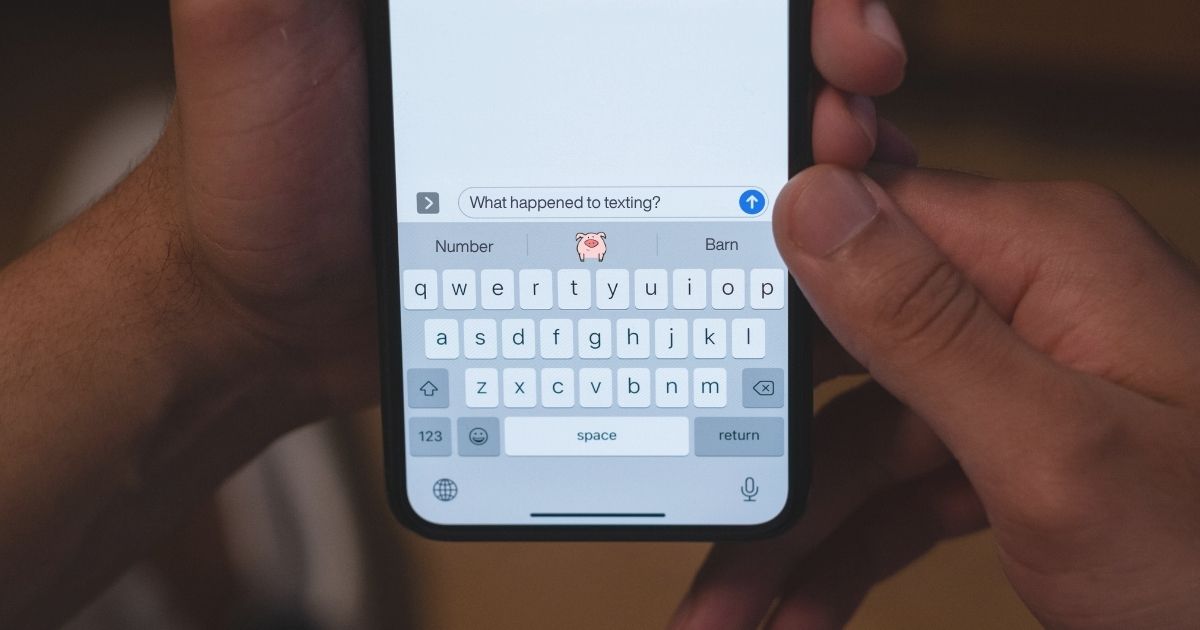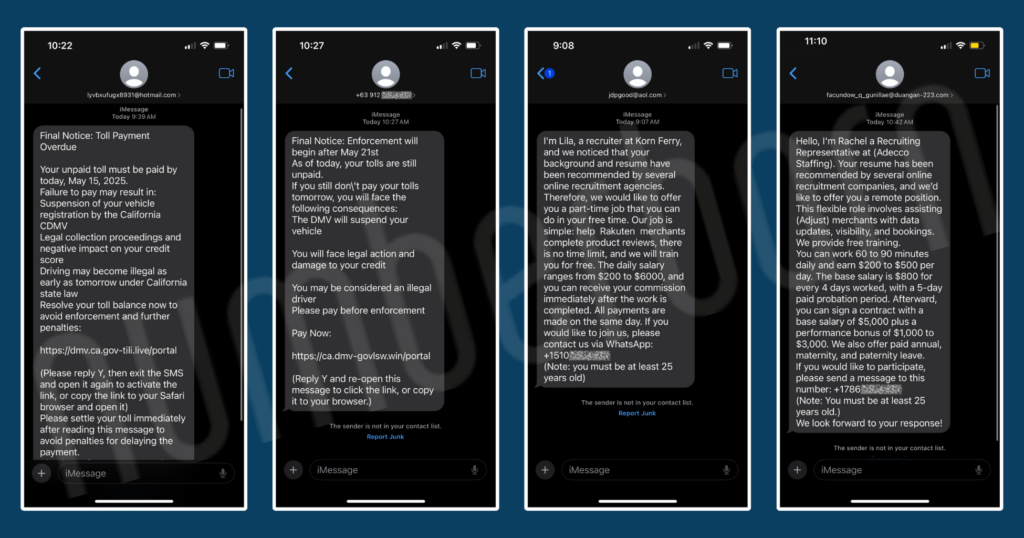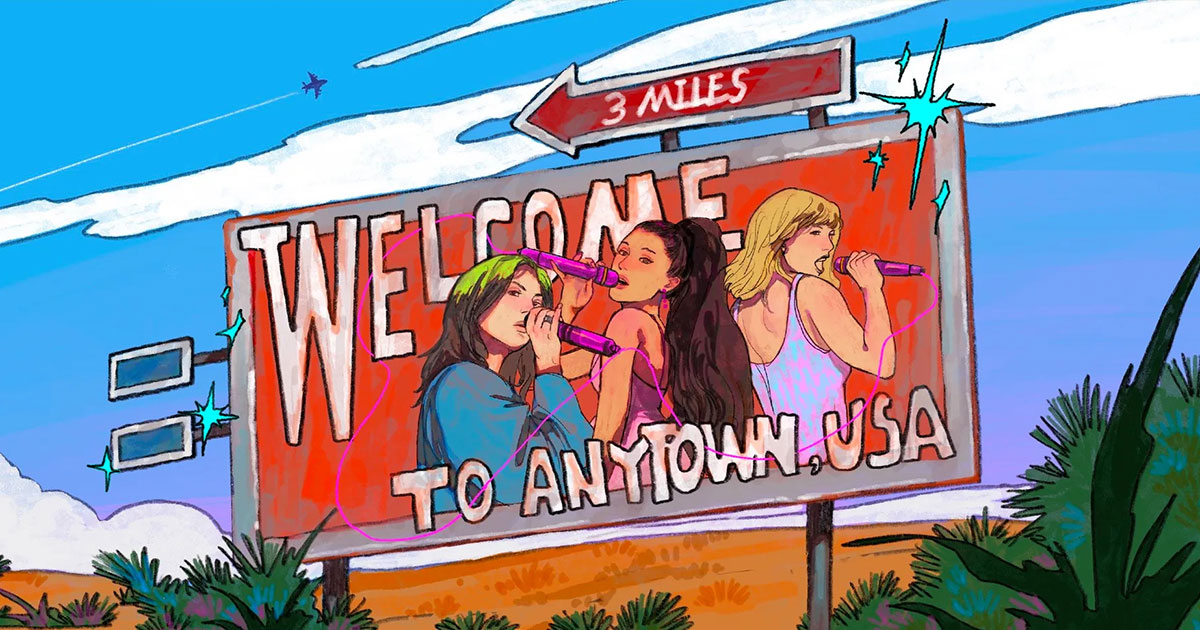As a company that strives for straightforward prices, plans and features, and also values transparency with our customers, it’s time to talk about the elephant in the room. At the end of last year, we paused our long-time outbound texting feature.
What’s Going on with SMS and Why?
Inquiring minds want to know. (And so do we. At NumberBarn, we “use our own product” so we understand the sentiments about NumberBarn’s outbound SMS hiatus. If you’re frustrated, we’re with you.)
TLDR: A few years ago, in an effort to limit spam texts and unsolicited SMS messages, the major phone carriers decided to create something called 10DLC, which has had significant effects on the telecommunications industry. Even more directly, it has affected your ability to send outbound texts from platforms like NumberBarn and other similar companies.
What is 10DLC?
By definition, 10DLC itself stands for “10 digit long code.” But in this context, it refers to a mandatory ecosystem to prohibit spam and unverified text messaging established by the major Mobile Network Operators (MNOs) like AT&T, Verizon, and T-Mobile and guidance from the Cellular Telecommunications Industry Association (CTIA). This ecosystem comes in response to businesses moving away from standard short codes in favor of sending texts via cheaper and more efficient 10 digit long code phone numbers (basically your regular North American phone number structure).
The major carriers now require that businesses pay to get vetted and verified through a third-party entity called The Campaign Registry (TCR), which reviews and determines if a business SMS campaign qualifies for unblocked business texting. (Some SMS platforms increased their prices and absorbed these fees into their monthly costs, other platforms pass these fees directly to the consumer. Either way, TCR requires various registration fees along with vetting businesses and their texting campaigns.)
Businesses must register sample text messages and verify their contact info, website, privacy policy, terms and conditions, EIN, etc. before they can send those text messages through any web-based application. They must also prove that they are gaining explicit consent from customers and offering a clear path to opt in and out of text communications. (For instance, if a customer texts a keyword like “START” to opt in to receiving promotional texts, the customer must also receive a text that includes messaging like “Text STOP to unsubscribe.”)
Industry Impact
For your sake, we won’t elaborate too much further on the complex and ever-evolving intricacies of 10DLC regulations. 10DLC has affected application-based telecom companies across the board, everyone from Zoom and Twilio, to NumberBarn and RingCentral, etc.
Each SMS platform has its own process for registering business messaging, but all web-based SMS platforms must comply with 10DLC regulations. The introduction of 10DLC didn’t just impact major SMS platforms. Many lesser-known SMS providers have expressed concerns about how these regulations have significantly disrupted their entire business model and deterred many of their clients who rely on their messaging services.
Any entity using something called A2P, or Application-to-Person text messaging faces MNO outbound message blocking unless registering with TCR as a verified business user. (So many acronyms. SIA – Sorry In Advance.) We heartily agree that this is challenging news for many A2P text users. To send business text messages using A2P, regardless of your platform or telecom provider, business registration is required.
How It Affects You
So after all this about spam messaging and registering business texts, “why can’t we still send our normal, human, personal outbound messages via NumberBarn like we always could?”
Whether you’ve used NumberBarn messaging for personal texting or business text messaging, 10DLC regulations don’t currently discriminate between these two types of use cases, and only consider that they occur via an application (A2P texting).
In other words, the major carriers have considered personal messaging as allowable only if occurring directly between mobile-to-mobile scenarios (also called “consumer messaging”). Any messages sent from a web-based application (A2P) (which they consider “non-consumer messaging”) must register as business texting. (Did you get all that? Yup, it’s clear as mud.)
Long story short, when it comes to A2P, 10DLC’s regulations throw both personal use and business use under the same category if sent via an application. Which of course doesn’t account for the average user who may simply want individual, personal-use texting from an alternate number in order to protect their long-time personal number. Are the powers that be changing these regulations any time soon? Unfortunately, not that we know of. But let’s talk about the way forward.
Will we get texting back?
We understand that a majority of NumberBarn customers don’t use NumberBarn to send out business-related mass messages.
Our Product Team is arduously working to receive a new messaging classification called Person-to-Person (P2P) in order for us to restore outbound text messaging capability for your NumberBarn phone numbers. We’re making strides.
Great news: We received initial approval for P2P messaging! Now we’re working through the tedious requirements for implementation and integration in order to restore outbound text messaging via the NumberBarn platform. Heads up…change is in the wind! Some things may differ from our prior functionality in order to comply with P2P requirements. But for the average, personal-use scenario, we’re getting very close to restoring more outbound texting functionality.
What can I use for outbound texting in the meantime?
NumberBarn has deferred business customers to our sister company, String, for registered business messaging. (No, this isn’t a plug for String, but it’s the best way we can accommodate more robust SMS messaging for businesses, at the moment.
For businesses with an Employer Identification Number (EIN) that meet the 10DLC Campaign Registry requirements, String offers robust SMS marketing features like auto-responses, templates, keyword replies, personalization fields, mass messaging, contact management, and more. It’s an efficient and intuitive SMS marketing tool for businesses across industries and sectors.
String can accommodate multiple numbers under one campaign, making it also useful for businesses with larger teams sending campaigns from several phone numbers. (Note that String does not currently register sole proprietor use cases. While TCR does have a registration process for sole proprietors without an EIN, it’s complex and, so far, not supported by many carriers.) If you want to switch to String, we can help you with all the above.
If you do consider using String for business text messaging, here’s a Step-by-Step Guide to registering your brand and campaigns. You can avoid unnecessary rejections and rapidly speed up approval times by following these instructions precisely.
Other platforms for basic personal texting
For general personal-use texting however, String may not be the best alternative since it’s built for business SMS marketing and requires 10DLC registration. Some other free messaging platforms to consider in the interim: good ol’ WhatsApp and Signal if your recipients use the same platform (kind of like Facebook Messenger, etc.). TextNow (to our understanding, this app is ad supported for the free version) or Google Voice are other more traditional personal texting alternatives (although some users have reported 10DLC throttling with Google Voice so just make sure you stay within their guidelines).
If you don’t need to send texts, you can still use a NumberBarn phone number to receive incoming texts like some 2FA verifications, personal messages and those SMS rewards points at your favorite froyo shop down the street.
“If No More Spam, Why Still Spam?”
“Intended” to help “block spam,” the jury isn’t out yet on its results. Despite 10DLC’s industry-wide implementation in the last couple of years, many of us still receive a wealth of annoying spam and smishing (SMS phishing) texts. We’ve likely all received that incessant “You have an unpaid toll…” message, and certainly find it taxing (pun intended).
Spammers continue to find vulnerabilities in systems and software to accomplish their objectives. Those objectives might include hacking your bank account or just annoying you into oblivion. (But how do we redirect such highly-motivated masterminds to use their ambitions and unique skill set for good? Oops, I digress. Back to 10DLC.)
Even with 10DLC and now-heavily regulated SMS platforms, spammers have found workarounds, like sending spam messages via junk email accounts or international numbers to your default SMS platforms like iMessage, etc. And last year, many of us still received countless unsolicited political campaign texts that didn’t include an opt out message. Personally, I never opted in to receive these texts either.
We examined some of these spam messages and observed that many came from individual phone numbers via one of the last remaining pre-paid plan carriers that’s still independent from the 10DLC cohort, but likely soon to get absorbed by one of these carriers. (We won’t name any names here, obviously.)
As a silver-lining of sorts, I guess we could only imagine how much worse the spam SMS epidemic could be without such efforts as 10DLC, and maybe some spam-blockers like NomoRobo and TextKiller (recommended by my colleague, who has no affiliation.) And finally…cheers to the soon coming return of personal-use outbound text messaging for some NumberBarn plans!
Questions, comments…tell us your thoughts!


